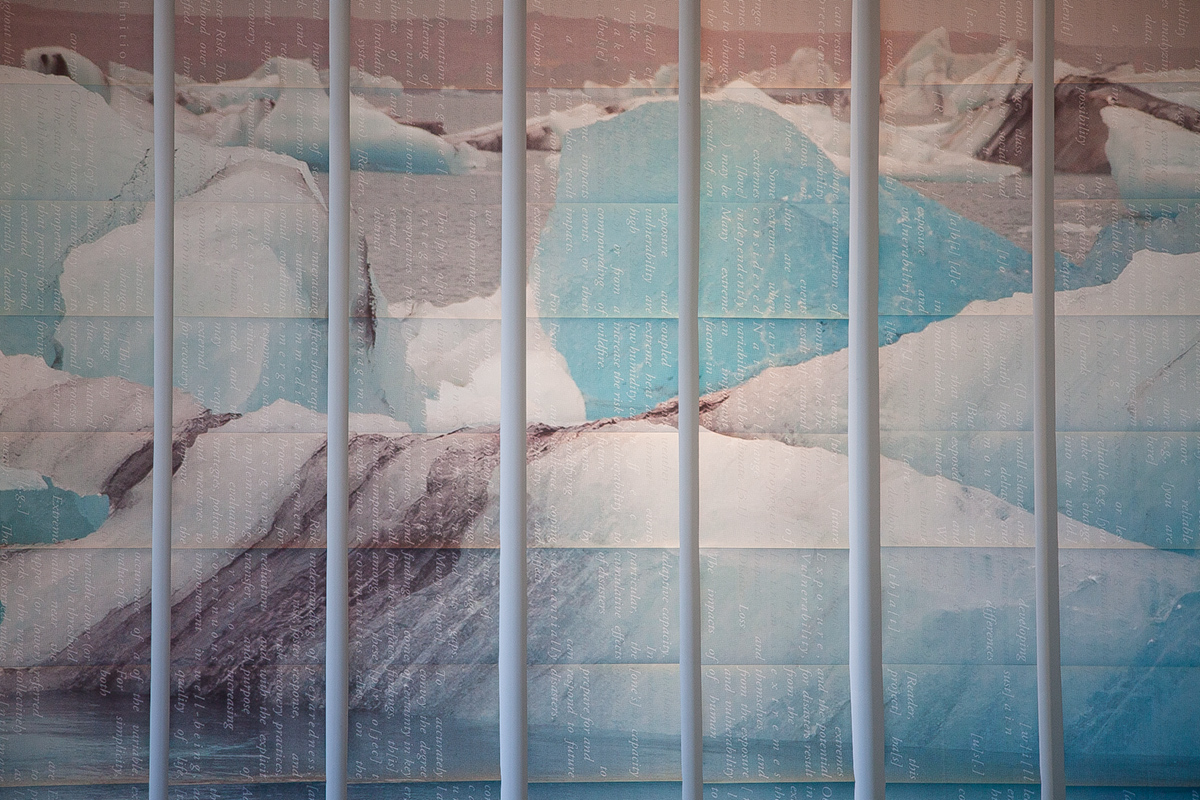Great news, MING Studios in Boise, Idaho, invited me to carry out a residency and installation of my project City Shields next February 2017. MING Studios is an international contemporary art center and residency program that exhibits, explores and experiences contemporary arts and culture.
© 2010 Louise Levergneux, City Shields
Next year might seem far away but, it will come fast! Thinking of this residency, I have a gazillion things to do.
My residency will happen during winter season, even though Boise is very temperate, the city still gets snow. Ok a few inches, nothing to talk about compared to Ottawa, Ontario, Canada, where the temperature resembles Moscow, Russia weather!!
With that said, taking photographs of manhole covers in winter would be no fun. I prefer to see flowers and feel the sun on my back as I walk the streets. So I’m starting now. Michael, my husband and Topaz, our little Sheltie, we will discover the city while I take photographs of manhole covers.
© 2013 Louise Levergneux, in North Dakota
If you see me in the middle of the street with camera in hand, please don’t run me over whether I’m in open range territory or not. Smaller than a horse, cattle or other livestock, I could be mistaken for a sheep, but not as woolly. There is an open range law for the road here. As a matter of fact even a goat has the right of way in Idaho. Drivers beware!
© 2009 Louise Levergneux
The goal of my installation, City Shields, The Incessant Journey, is so visitors to the gallery can uncover their cityscape in a brand new fashion as I bring to light the manhole covers of the city.
For those of you who are not familiar with my project, City Shields is an ongoing photographic documentary series that takes viewers on walking tours through urban streets. To explore new environments, I seek and photograph local manhole covers in every new city I visit or live. I use this ritual as a vehicle of discovery. Now an obsession of mine, the project comprises more than 52 volumes and over 1,000 photographed manhole covers.
So, here I go on a 9 month journey to develop my residency and installation at MING Studios. Every week I will give you an update on my fantastic journey towards this installation. Here I am with my trusty companions, Michael, my traffic guide and data collector, and Topaz who watches for distracting passers-by—other canines on the street.
© 2009 Louise Levergneux, New Mexico
A detail of a favourite manhole cover found in Utah:
© 2011 Louise Levergneux, Salt Lake City, Utah
Have you ever looked at your city with a different eye?
What catches your eye as you walk the streets of your own city?






























































